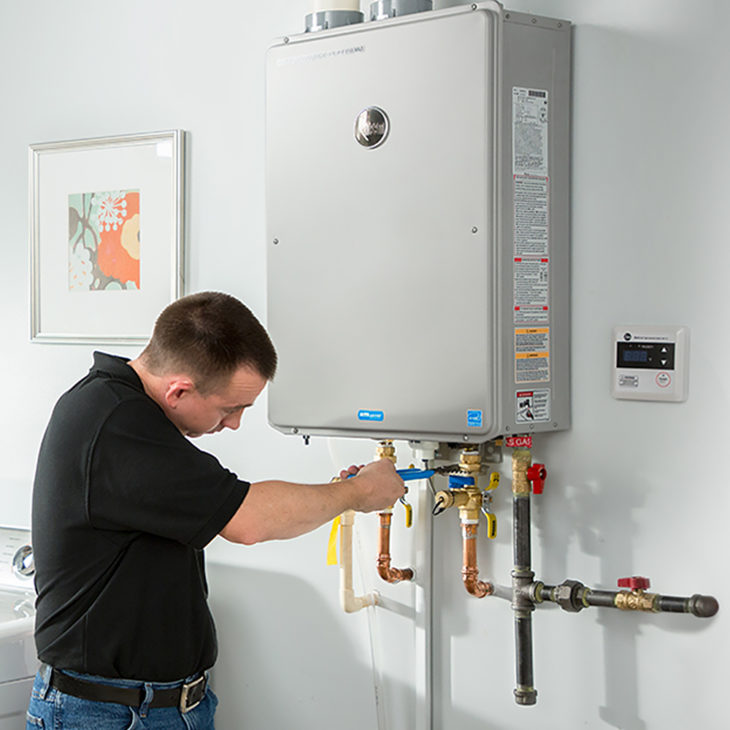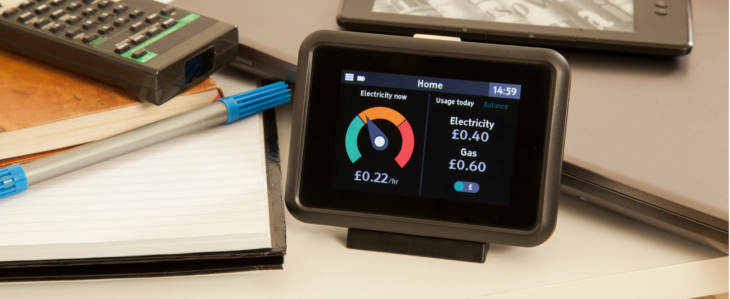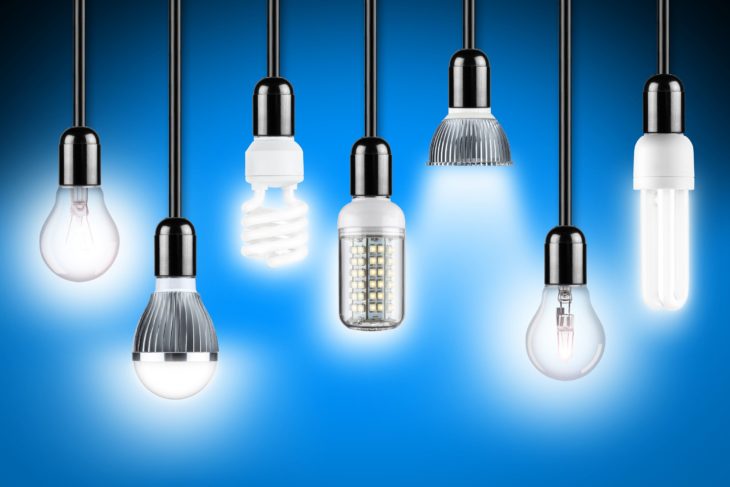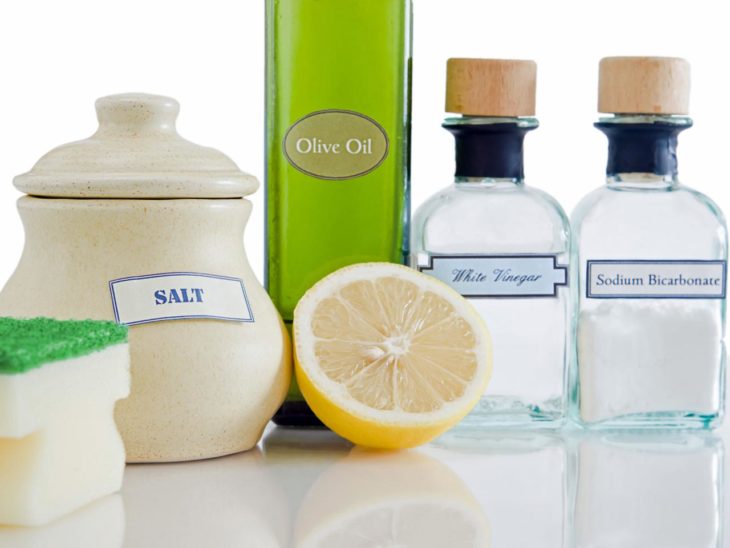There’s a lot of talking about climate change and what we should do to save our planet. People become more and more aware and they try to make their lives eco-friendlier. When it comes to countries, some are doing better than the others. For example, the most sustainable country in the world, Iceland, utilizes their geothermal landscapes to produce electricity and heat, plus, does a lot to reduce ocean pollution – it keeps their water clean and allows fishing only when it doesn’t put the environment in danger.
Switzerland set up the Alpine park to protect its wonders and invests a lot in renewable energy, and Costa Rica aims at the carbon-neutral environment by 2024 by focusing on renewable energy as well. But every country is as good as its citizens – so what can you do to make your home sustainable and be more environmentally-friendly?
Contents
1. Install a thankless water heater
This innovation is gaining popularity in the US for a reason; the most convincing one is its energy efficiency. A tankless water heater heats the water on demand, so it’s not wasting energy (and your money) to store it and keep it warm. Make sure that the manufacturer provides clear terms of the righty warrant; if not, there’s a possibility it’s not the best quality. Choose your heater carefully, as, due to its popularity, many different (better and worse) types have begun to show up. The size and the fuel matter the most – it all depends on your household’s needs. Luckily, you can always check TanklessReviews to be absolutely positive that you’re making the right decision.

Source: The Home Depot
2. Save water
Start with fixing all the leaky faucets in your house – it may not seem like a lot at first, but when you think about it in the long term, you can be amazed by the amount of water you’re wasting. Then, always remember not to leave the water running when you brush your teeth, shave or do the dishes. Don’t take long showers and think about installing a low-flow shower head. Also, don’t presoak your dishes; you can scrap leftovers before putting them into the dishwasher, but that’s it. When it’s possible, use a cold water setting in your washing machine; almost all of the energy it uses goes toward heating.

Source: theswiftlife
3. Install a smart meter
The smarter your home, the more sustainable it is. Everyone likes it when it’s warm, especially in their own house in winter. That’s why people tend to leave their heater on for longer than is necessary. If you decide to install a smart meter, you won’t have to worry about wasted energy and wasted money. You can program it to work only at certain hours. Thanks to that, the heating turns on only when there’s a need for it. Not only do you save money spent on energy bills, but you also reduce your carbon footprint.

Source: Resource Efficient Scotland
4. Choose more efficient light bulbs
They become more and more popular with time, and rightly so. It’s an absolute must-have for anyone who aims for being environmentally-friendly. CFLs or LEDs are more efficient while using less electricity than regular light bulbs (respectively 25-35% and 75% less), which makes them more cost-efficient as well – your bills are lower and you don’t have to change your bulbs as often as the normal ones.

Source: eledsolutions
5. Use natural products for cleaning
When you use unnecessary chemicals for cleaning, you don’t only make yourself inhale them. Chemicals also require to be washed away, and when you do that, they come to the water supplies and it takes more time and energy to purify it. There’s no need for something so toxic and inefficient, especially when you can use natural products that are so easy to find (you likely already have them in your kitchen) – vinegar, soda or citric acid can do the trick.

Source: Homedit
These are only some of the numerous things you can do to have a sustainable home and consider yourself as an eco-friendly citizen. Of course, it would be great if you could install solar panels and change your car for an electric one, but it’s enough to start small. It’s essential to be aware at all times. Think about what you do and what you use. Ask yourself – is it good for the environment? Can it be better? The good thing is that eco-friendly solutions are very often also cost-efficient in the long term. So there’s no time (and money) to waste – go green.
For more information about Green Living visit this site.
